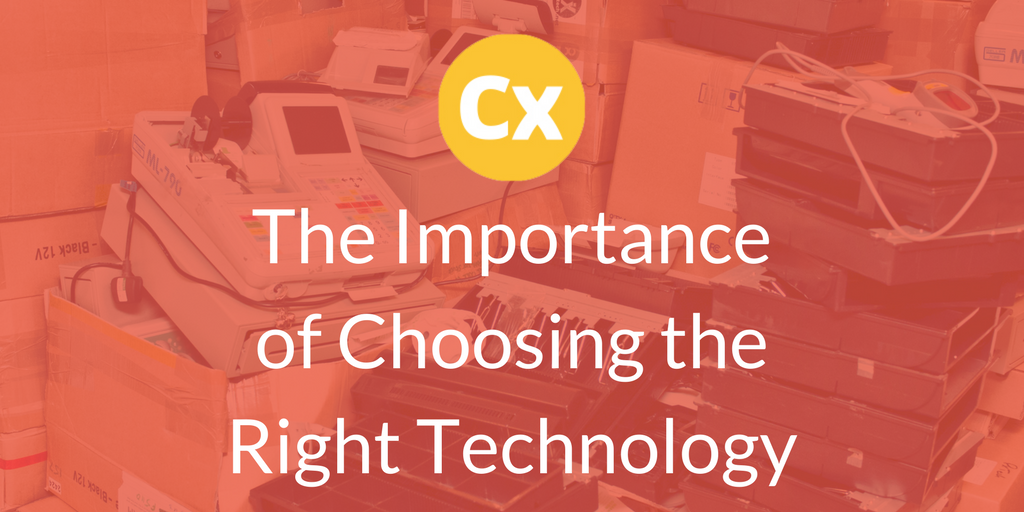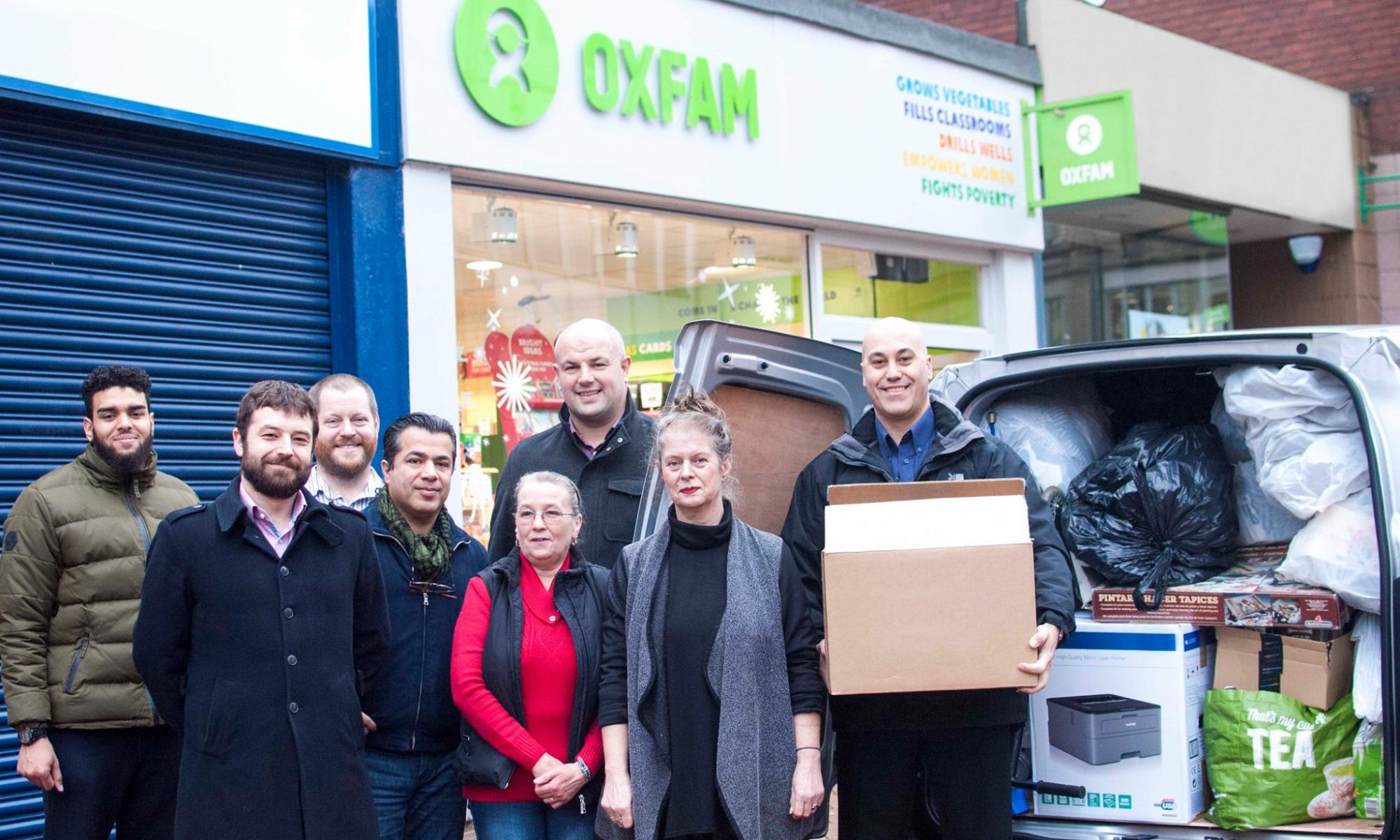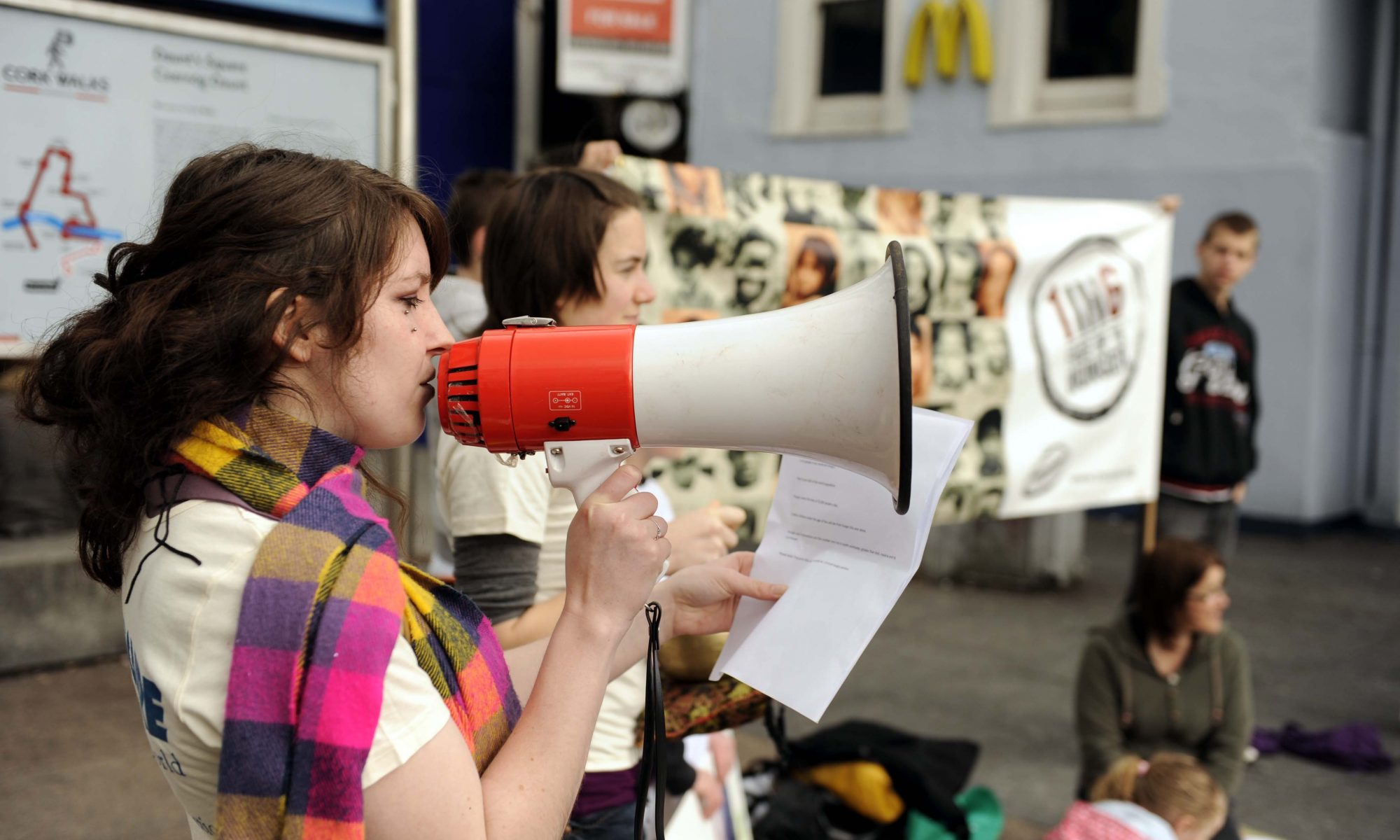Small charities face a “hurricane of change” according to the Facing Forward report by Lloyds Bank Foundation for England and Wales. The report calls for government, funders and larger charities to take action to help small charities in challenging times, echoing some of our own thoughts on the benefits of charity collaboration.
One of the prevalent themes in the report is the effect of the ever-changing digital landscape and what this means for small charities. Over the last few decades, the technology sector has completely transformed the way we live, work and communicate. Among other topics such as Brexit, changes to the government, and funding, advances in technology remains one of the most important influential factors in how the third sector is developing.
The digital divide
The digital divide is constantly widening with many volunteers now needing training and support to be comfortable with the technology they use on a day-to-day basis. Old-fashioned manual cash registers are being replaced with EPOS systems, paper forms are now filled out electronically and charities who are not partaking in digital marketing of some kind will often find themselves struggling in comparison to their more technology-savvy counterparts.
Convenience and Flexibility
Flexible and remote working is also on the increase across all sectors, and charities are not different. Managers must now communicate, plan and organise without needing to be physically present in the shop. Volunteers are increasingly demanding the freedom of adaptable shift patterns and convenient hours, and in many cases will move to the charity who can offer them. The expectation of easily viewing and changing shifts online impacts what workers want from their workplace, voluntary or otherwise.
Autonomous Processes
Automation will also have a large impact on working processes. On a larger scale, the report mentions autonomous cars affecting community transport or breakthroughs in personalised medicine affecting health charities. But even on a granular level, automation of menial tasks will replace some jobs in-store. Simple things will be made much more efficient with automation, such as sending emails out to donors or providing digital checklists to allow volunteers to complete daily tasks without supervision.
Other tech trends such as tracking (of our health, sleep, interactions, and possessions) is tipped to have a large influence on the working practices of many organisations. We’ve yet to understand the wider implications of this kind of data capture but do know that it gives businesses the ability to tailor certain products or services to an individual much easier than before.
Get digital savy
While these developments may seem too advanced or far away in the future for small charities to start thinking about, the acceleration of these trends are already beginning to alter the third sector. There’s no certainty in predicting the future, but staying clued-up and aware of technological developments will certainly help in adapting to meet change in the digital landscape.
The charity retail sector is gradually bringing itself up to date with the same working practices as some of the more pioneering for-profit businesses. While small charities are unlikely to have the capabilities of investing in the most advanced tech, being open-minded, innovative, and eager to embrace a digital transformation will help set you in good stead for the future.
https://www.lloydsbankfoundation.org.uk/Facing-Forward-2017.pdf













